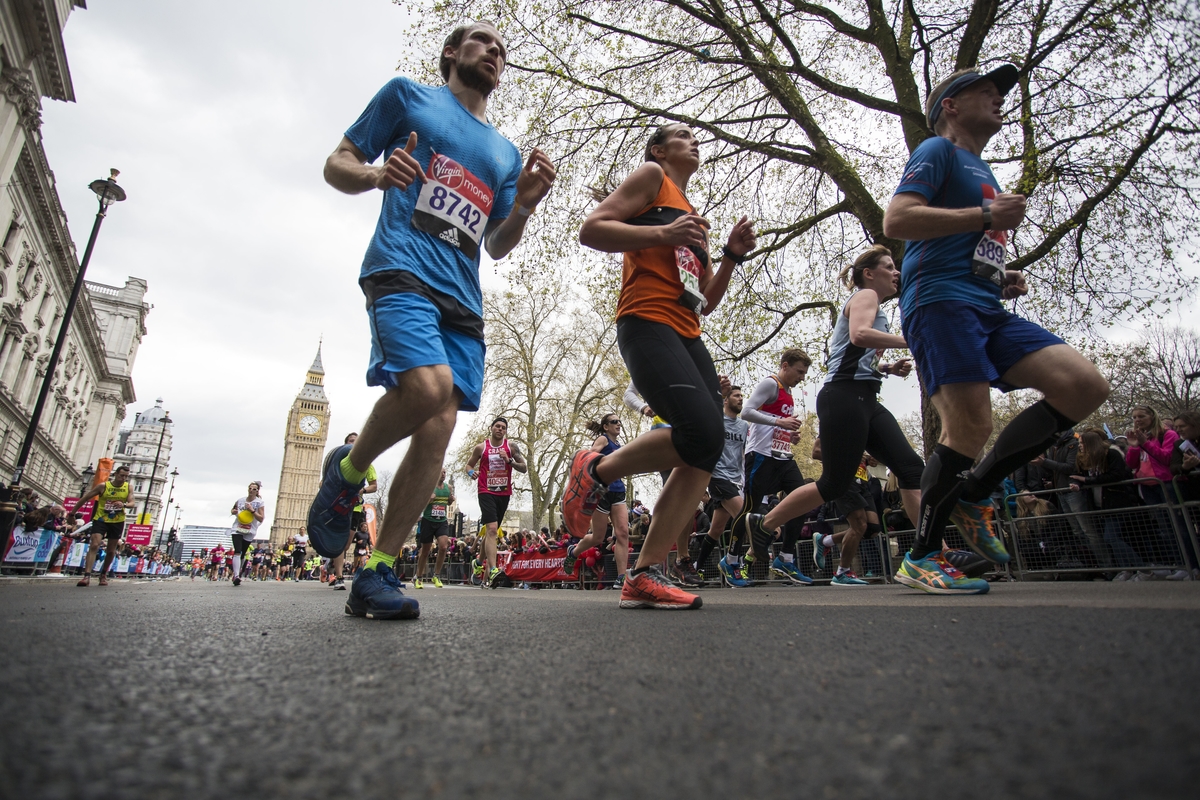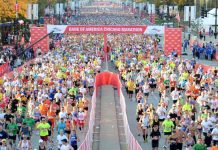Written by Jennifer Bell for Runner’s Tribe
Moderate exercise is vital at all stages of life. In seniors, proper exercise is the best way to keep mobile and flexible. Maintaining an exercise routine can reduce the risk of chronic illnesses, manage chronic pain, and reduce stress. What constitutes proper exercise, though? This article will examine the health benefits of running for seniors, but the benefits of running, as mentioned here, work for people of all ages!
Note, you should consult with your doctor before starting any exercise regimen. Your medical history, as well as lifestyle, will help to determine what exercise is best for you.
The Many Benefits of Running
Aerobic Exercise
Exercise that gets the heart and lungs pumping is essential for staving off chronic illnesses that many seniors are at a higher risk of developing. Running is an aerobic exercise that engages both the cardiovascular system and the respiratory system. Because of this, running is a great way to prevent high blood pressure.
Among other causes, high blood pressure is a factor in developing heart disease, kidney disease, stroke, and dementia. A regular running regimen can help defend against the development of these chronic illnesses.
Brain Health
Some studies suggest that running can help maintain healthy cognition. Running helps increase blood flow to the brain, which keeps blood vessels active and healthy. It also engages important motor and coordination areas of the brain. Activities like trail running help activate the brain’s decision-making areas and provide the runner with active challenges.
Running also helps to regulate mood and releases beta-endorphins – the feel-good chemicals in the brain. Organize a running group with friends or members of your senior living community and share in a group activity that keeps everyone alert and active.
Maintaining a Healthy Body Weight
Obesity is another factor that increases the risk of developing cancers, heart disease, diabetes, and other associated illnesses. By running regularly and eating right, you can reduce your risk of developing diseases that are causally linked to obesity.
Bone Health
Load-bearing activities are vital for maintaining a healthy bone density, which starts to decline after age 30. Bones are very much alive and respond actively to the pressures put upon them. Regular running will help keep the bones of the legs and back engaged and reduce the risk of osteoporosis.
Creating a Running Plan
Running can be a challenging habit to break into, especially if you are new to it. Remember, when designing an exercise routine, you should consult with your doctor about the health risks.
Take Your Time
Start small! Go for a power walk and try breaking into a jog every minute or so, seeing how long you can keep the jog up. This will help you to gauge your readiness to run for more extended periods of time. Make sure you rest after completing this exercise – especially if you are new to this activity.
Try for a little more each time you go out to run. “More” here can be applied to various aspects of your session. You could shoot for longer distances overall or increase the amount of time spent jogging. Keeping an exercise log will help you track progress and allow you to reflect on your session.
Eventually, you will find that most of your “walk” was spent jogging. Shoot for incremental progress, and be patient with yourself.
Do It! Do Not Overdo It
Though you should expect occasional soreness and aches, listen to your body if you feel a disproportionate amount of pain. Running is an art and, like any discipline, requires practice. Now get out there and start jogging!
About the Author
Jennifer Bell is a freelance writer, blogger, dog-enthusiast, and avid beachgoer operating out of Southern New Jersey.

















